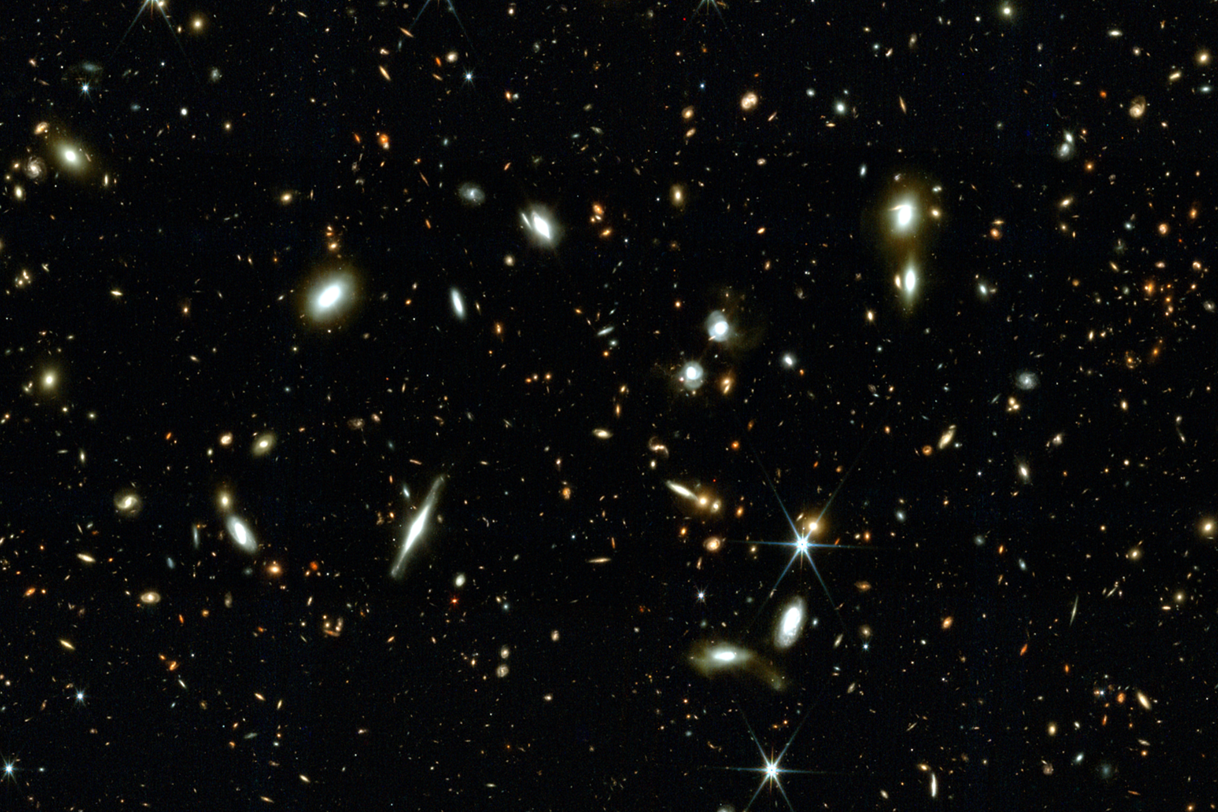News
Read the latest news from the College of Natural Sciences at The University of Texas at Austin
New DNA Evidence Reveals Origins of Finnish, Estonian and Hungarian Languages
The study identifies an ancestral population in Central Siberia linked to the origin of Uralic languages.
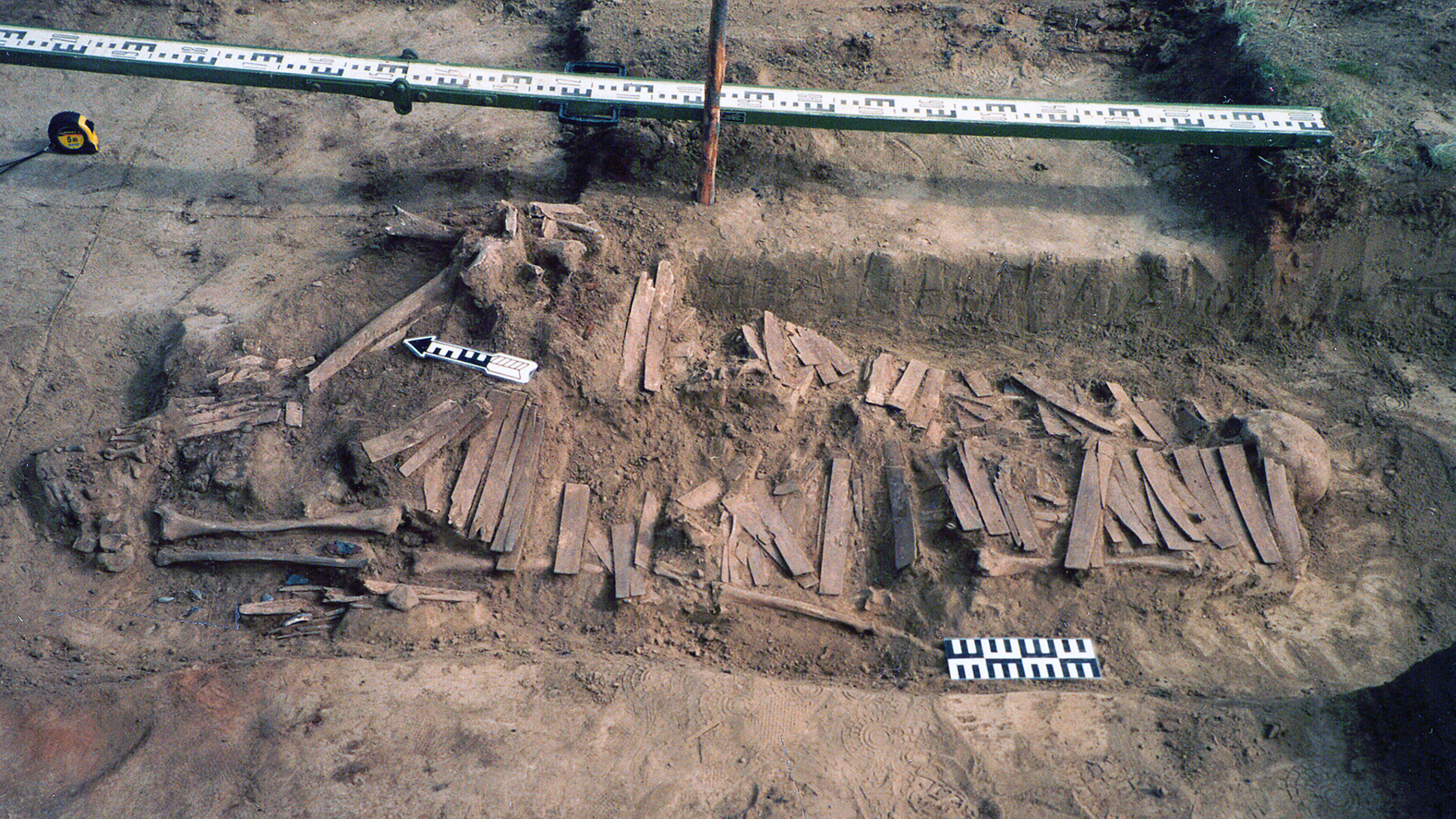
Digital platform supports personalized diet goals in primary care for diabetes
A new study evaluates Nutri, a clinical decision support tool for brief diet counseling in safety-net clinics, created by UT researchers.
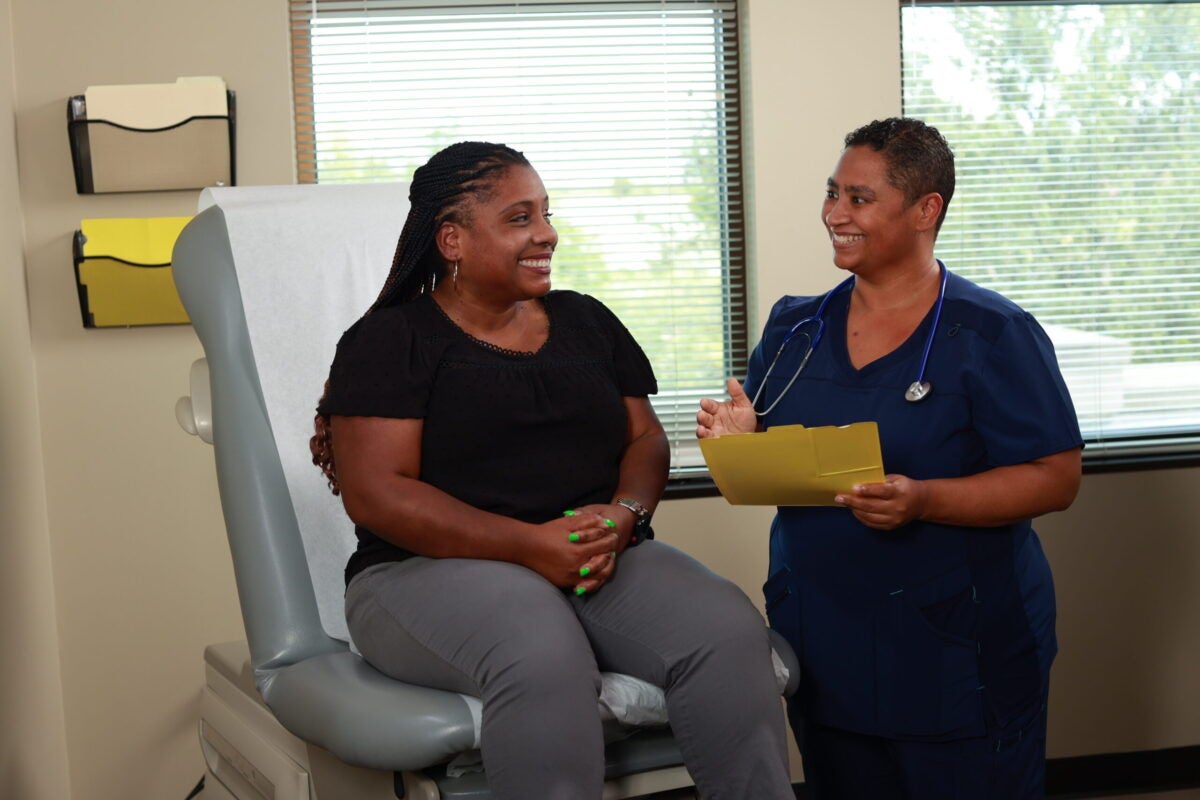
UT Undergraduate Programs
Biology Major Abby Jones Has Had a Multifaceted UT Journey
A recent graduate of UT biology who studied ecology, evolution and behavior looks back on her undergraduate experience.
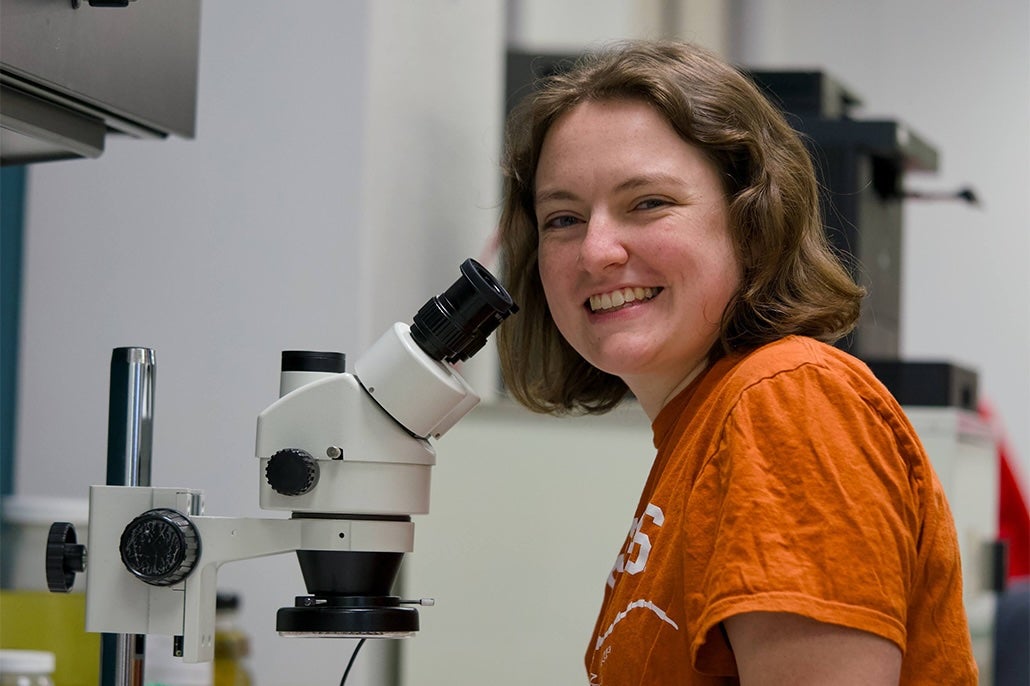
3D Printing Breakthrough Paves Way for Next-Gen Medical Devices and Stretchable Electronics
New methods for printing objects lead to materials with the flexibility, strength and complexity that nature offers.
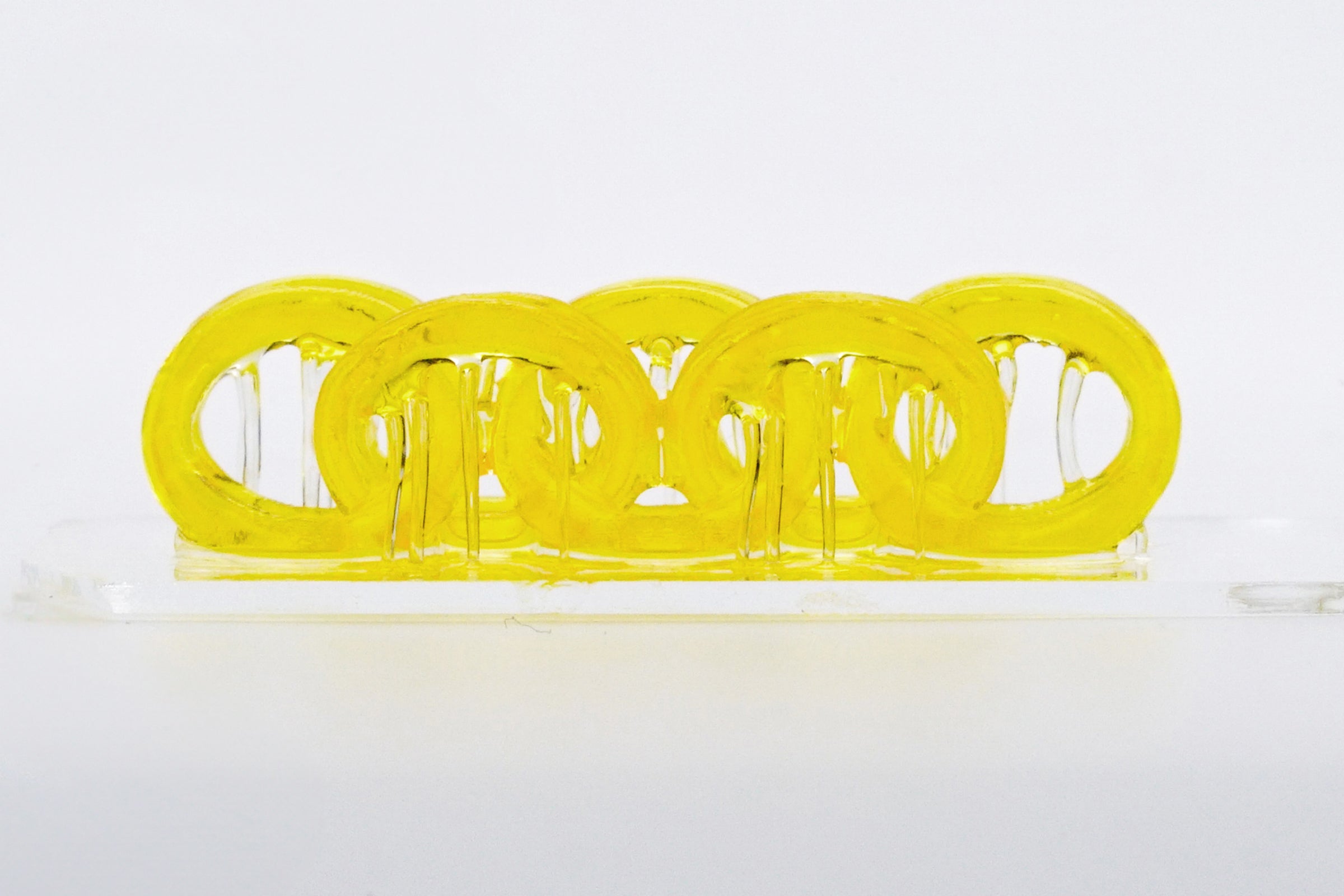
TACC
Evolutionary Bursts: AI-Driven Research Uncovering Rapid Genomic Shifts in Human Evolution
Vagheesh Narasimhan, a biologist and data scientist, uses Frontera and Lonestar6 supercomputers to power discovery.
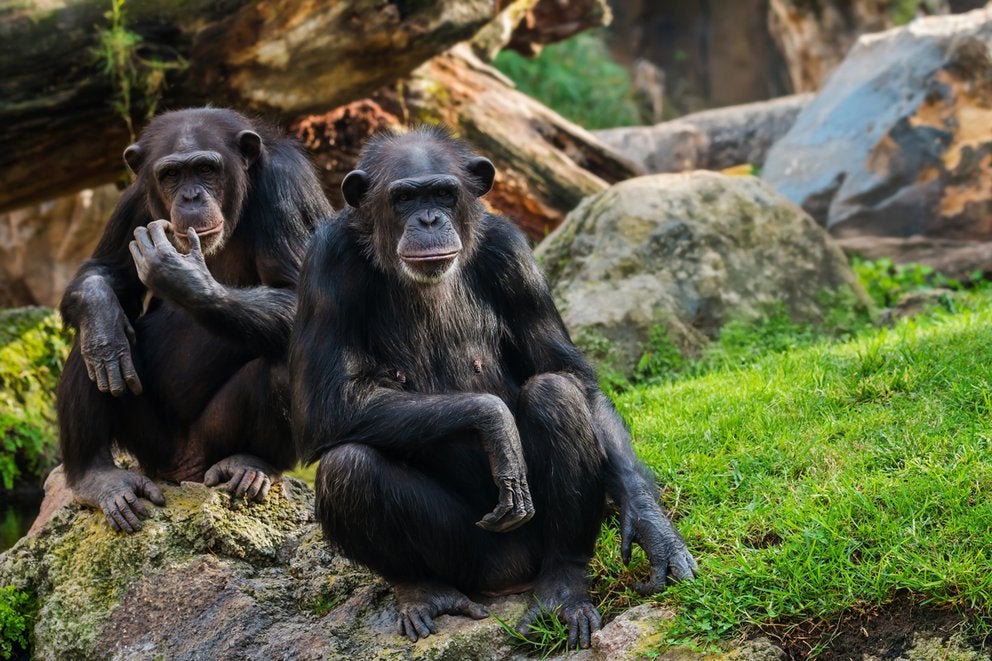
Study Finds Early Signs of Widespread Coastal Marsh Decline
The early warning could help the ecosystems that are key to preventing flooding, UT marine science researchers say.

McDonald Observatory
Giant Magellan Telescope Advances to National Science Foundation Final Design Phase
UT Austin is on track for huge leaps forward in astronomy research capabilities as GMT progresses.
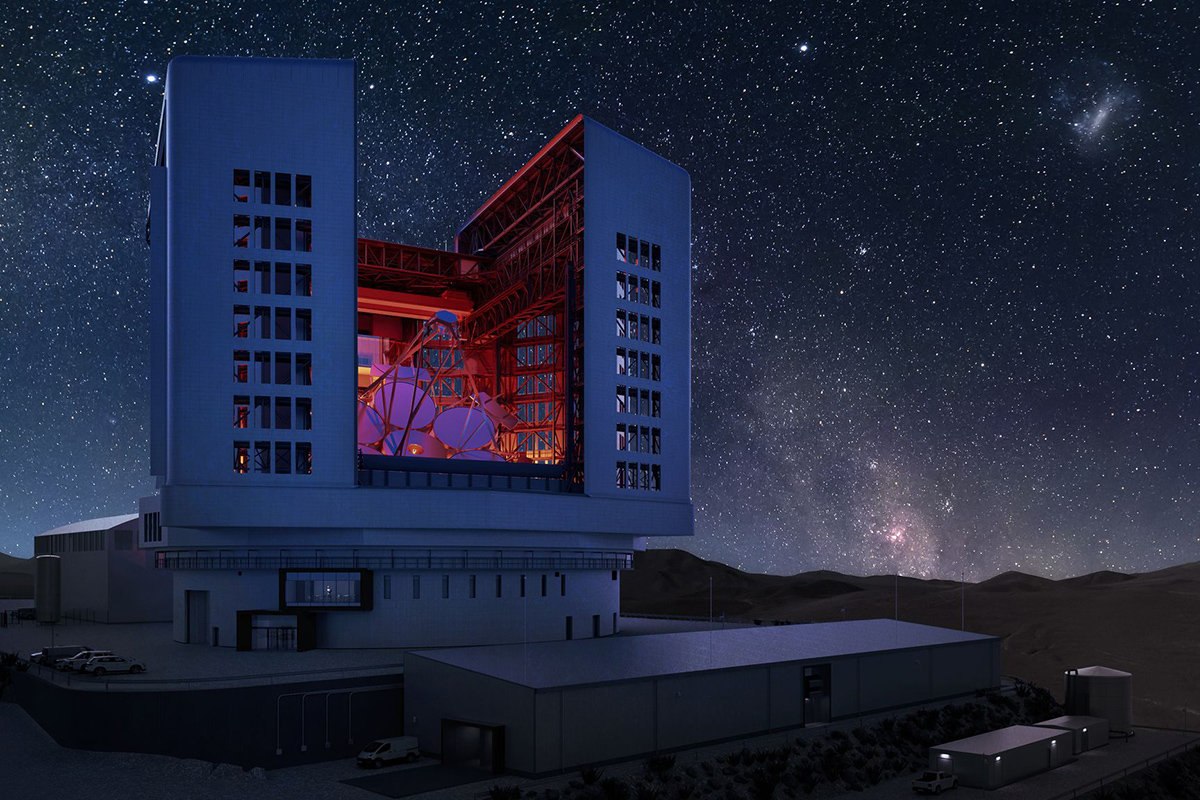
Department of Computer Science
University of Texas Theoretical Computer Scientist Wins Gödel Prize
Professor David Zuckerman and his former student Eshan Chattopadhyay won the theoretical computer science prize.

Department of Marine Science
Deep Microbial Life Beneath Lavey-les-Bains Reveals Surprising Resilience
Microbes beneath Switzerland’s Lavey-les-Bains Thermal Spa stay stable year-round, revealing the resilience of subsurface life and its role in Earth’s carbon cycle.

McDonald Observatory
COSMOS-Web Releases Deepest Yet View Into the Universe
Over 250 hours of observations from the world’s most powerful telescope, the James Webb Space Telescope, are freely available to the public.
